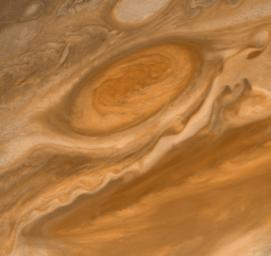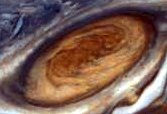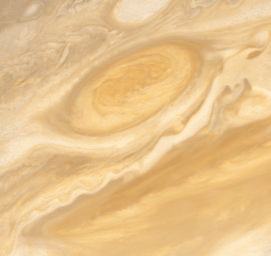Image Processing
There are many suitable image-processing programs. These
instructions
give the menu options for using the GIMP (Gnu Image Processor), which
is of similar complexity as Photoshop. Other graphics applications
offer similar features, but details of usage will differ.
You will probably want to use what you are familiar with, or these
recommended less elaborate applications. You should be able to find
the various tools for scaling, cropping, contrast, etc. in the menus.
- Linux: Gwynview
- Windows: Paint.net
- Mac-OS: Preview
Cropping and scaling
Digital cameras now take pictures with huge numbers of pixels, and the
files are extremely large. Since the resolution of computer screens is
typically about 75 pixels per inch, any picture of more than 800 x 600
pixels will be too large for a web page. To avoid wasting download
time, crop away extra sides (see the lion, not mostly grass and sky)
and scale the image to a size that appears suitable on your page
(rather than specifying a smaller size in the IMG tag).
 This is a NASA picture of
Jupiter's great red spot
This is a NASA picture of
Jupiter's great red spot
 For just the red spot,
For just the red spot,
Select the rectangle tool, and mark out the rectangle you
want to keep
Use: Image | Crop -- and the rest
goes away.
 Scaling
Scaling
Now, if we want it smaller, use Image | Scale image.
Usually there is an option to preserve the ratio of height to
width, so you don't compress or stretch just one dimension. With this setting,
when you choose a different width (or height), the other
dimension scales as well
Adjusting colours
For a background, there shouldn't be too large a range.
Use brightness, etc. for getting a light (washed out) background for
dark text, or a dark background for light text.
Tools | colour | Brightness-Contrast

light-red-spot.jpg
A brightened image of the great red spot

dark-red-spot.jpg
A darkened image of the great red spot
Picture too yellow, too blue?

Tools | colour tools | Levels | Auto
this automatically rebalances the amount of red, green, and blue. There
are a lot of manual adjustments you can also play around with.
This transforms the great red spot thus:
 Scaling
Scaling This is a NASA picture of
Jupiter's great red spot
This is a NASA picture of
Jupiter's great red spot For just the red spot,
For just the red spot,  Scaling
Scaling

